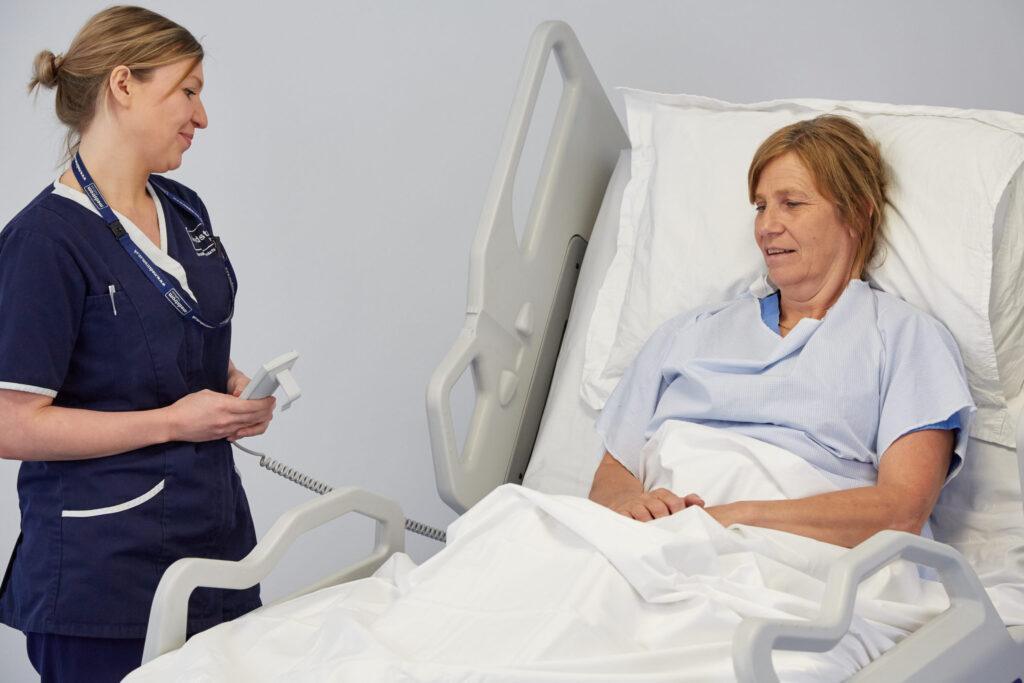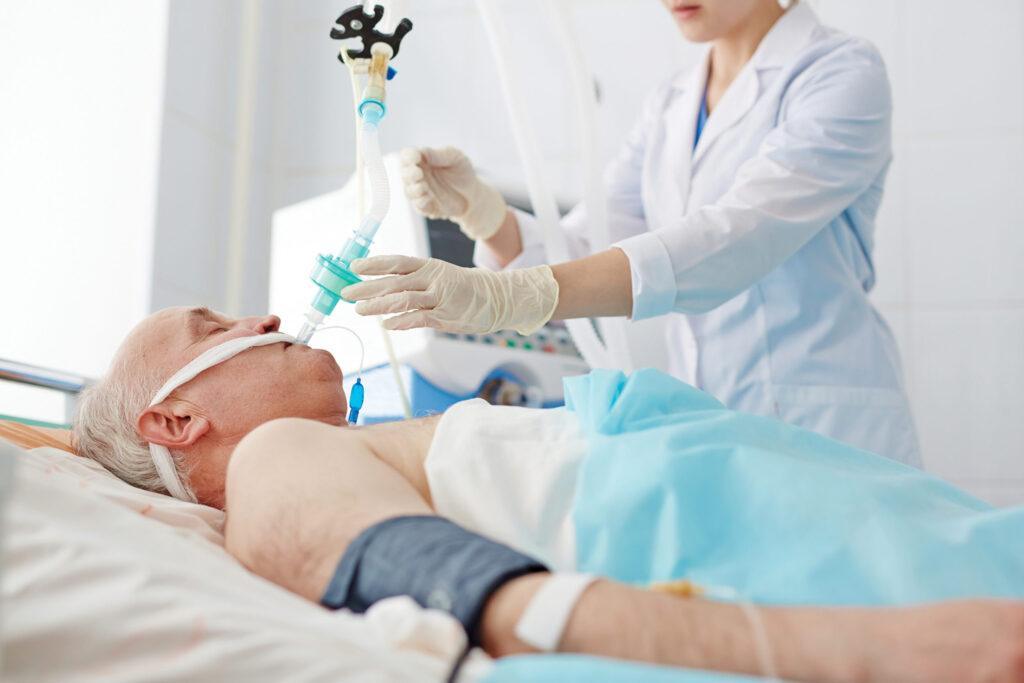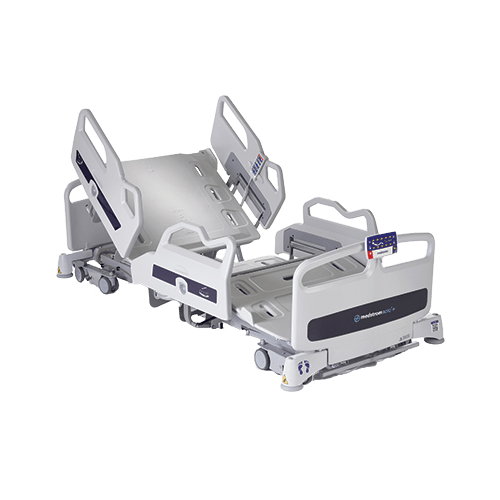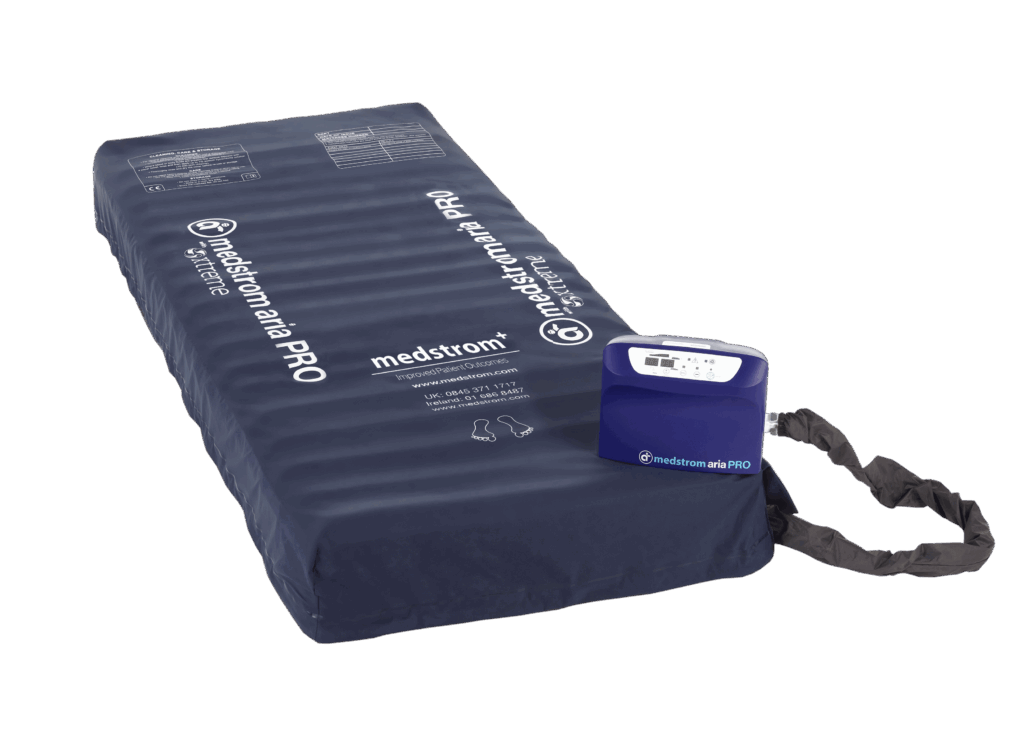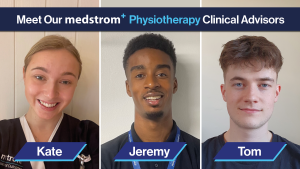
In The Spotlight: Palliative and End-of-Life Care – Meet Sam
A prominent feature of Medstrom’s ethos and practice is the prioritisation of a multidisciplinary approach in all areas, as we have seen how the inclusion of a variety of expertise and experience strengthens the quality of support and service we can provide. One area of expertise a member of our team comes from is that of palliative care. Sam is one of our Clinical Advisors, who worked as a support worker in care homes until eventually graduating to a specialist palliative care nurse before she joined the Medstrom team. We spoke to her about her history and experience in such a profound setting, and how this knowledge informs the work she does now.

Communicating with patients
When initially explaining how palliative nursing differs from standard and general practice, Sam points out that palliative nursing features a strong educational aspect; that palliative nurses are often interacting with other nurses to inform them about how to look after this special kind of patient.
Palliative nurses are trained on advanced communication skills due to not only the extremely sensitive nature of the conversations they are having with their patients, but also the unusual nature of the patient’s relationship with their own diagnosis. End-of-life patients are brought in on their own treatment and diagnosis much more than usual. They must ‘accept’ their diagnosis and become active collaborators in the decisions made about their treatment.
“You discuss with them, give them the possibilities and explore their care options. You’re improving their care and their overall end-of-life by delivering that, which is very rewarding.”
A key skill Sam developed that she has brought into her current role at Medstrom is the ability to build relationships quickly, genuinely, and professionally with a wide variety of people. A palliative nurse must be capable of competently and appropriately discussing a patient’s diagnosis and treatment with fellow medical professionals, the patient’s family, and the patient themselves. The ability to utilise ‘layman’s terms’ is paramount.
Equipment-as-an-option is not promoted
Since leaving palliative nursing and applying her skills with Medstrom, Sam is surprised at how many alternative treatments there are for end-of-life patients, such as a lateral turning bed or the difference a support surface could make to patients she previously cared for.
“It was nothing that I would ever consider, and I think that’s why I’ve become really passionate in thinking ‘Why didn’t I know about this?’ Why didn’t I know that we could offer alternative solutions to palliative patients that were uncomfortable that had symptoms, especially with the outcomes of the Dolphin fluid immersion simulation therapy?”
“I noticed a lot of patients that couldn’t get into bed, and it never once crossed my mind to think if there’s any other equipment that would support them.”
She specifies that there are 4 main symptoms that would warrant palliative nurses prescribing generic medications for end-of-life patients:
- Pain relief and shortness of breath (which is treated with an opioid)
- Secretions (which are treated with an anti-muscarinic)
- Nausea (which is treated by a standard antiemetic)
- General agitation (which is treated by benzodiazepine).
“We should try a non-pharmacological measure to improve those symptoms, especially if that’s actually a cause, because a massive cause of agitation in end-of-life care is discomfort.”
If only I had known…
Sam recalls a collection of cases and stories she encountered as a nurse that she now looks back on and sees the potential that non-pharmacological treatments could have had on the ease and comfort of the patient as they neared the end.
She remembers an elderly patient admitted with a chest infection and pneumonia who could give little to no physical co-operation with healthcare staff due to the level of weakness. She identifies how aptly an Eleganza 5 lateral turning bed could have been utilised here in not only increasing the patient’s comfort but also massively assisted the staff in their treatment of such an immobilised patient.
She poignantly remembers a patient with a diagnosis of cutaneous T cell lymphoma, whose skin was their primary issue in their palliative treatment. It was extremely painful to nurse them, almost to the point of impossible when they began to refuse people the ability to touch them. Sam remembers the intensity of the pain they were in and wishes she had been able to put a Dolphin Therapy mattress under them.
“All of the symptoms an end-of-life patient experiences could maybe be explored using a non-pharmacological measure if appropriate, and if we think that’s the reason why those symptoms are caused.”
Medstrom offers solutions
Sam’s fully developed understanding of how profoundly effective equipment can be in aiding end-of-life treatment, motivates her to spread that message she feels she was ignorant of whilst nursing.
She loves Medstrom’s focus on their patients and how the specialist equipment poses a deep level of treatment and assistance to such a wide range of patient types – from general to the most highly acute – whilst being completely absent of the seemingly inherent invasiveness present in almost every other treatment option available to end-of-life patients.
In her final words to her fellow palliative nurses, she encourages the research into and consideration of equipment provisions – that non-pharmacological measures may appear minor but that does not make them insignificant at all.
Pain relief can be achieved by the most minimal of methods – such as repositioning, changing a patient’s mattress to one with more specific features or a slightly more creative use of advanced equipment.
Ultimately, palliative care is about ensuring a patient’s wishes for their experience of the end of their life are fulfilled as extensively as possible, and Sam acknowledges that Medstrom and the equipment they provide have the potential to achieve this.
Find out more about the rest of Medstrom’s multi-disciplinary team and their experience of working at Medstrom in our ‘In the Spotlight’ series!
